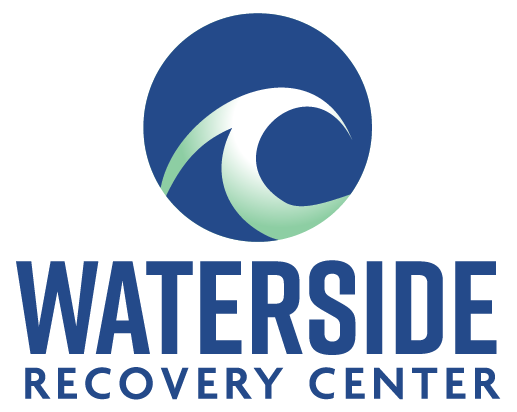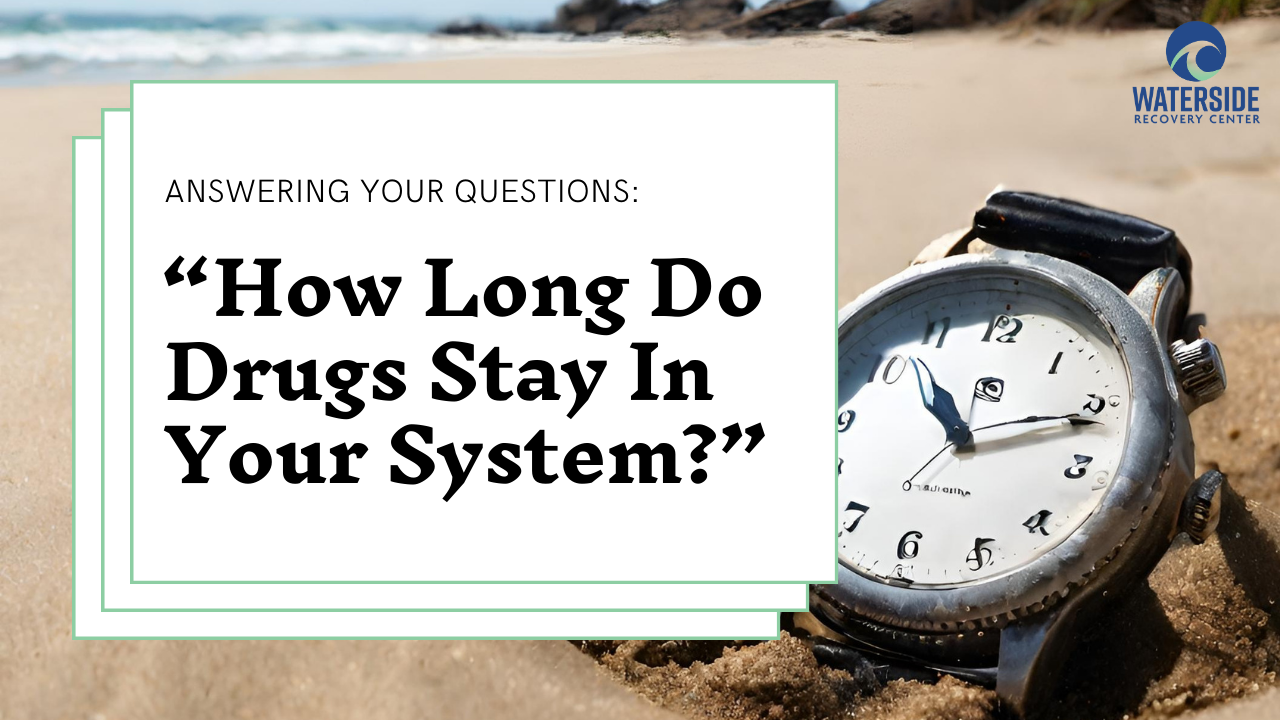How Long Do Drugs Stay in Your System?
Picture this: you’re in a position where you need to determine whether someone has been using drugs. It could be for a job screening, a sports event, or perhaps a personal concern for someone close to you. The burning question on your mind is: how long do drugs linger in the system? This inquiry isn’t just about satisfying curiosity; it holds significant implications for trust, safety, and accountability. Regrettably, deceit and deception often cloud discussions with addicts or alcoholics regarding their substance use. In such cases, a drug or alcohol screening emerges as the sole avenue to obtain a truthful and precise response. In this exploration, we’ll delve into the intricate world of drug detection, shedding light on the timelines for various substances and the factors that influence them.
Before diving into specific drug detection times, it’s essential to understand how drugs are metabolized by the body. When you ingest a substance, whether it’s through smoking, snorting, swallowing, or injecting, it enters your bloodstream and eventually makes its way to various organs, including the liver. The liver plays a significant role in metabolizing drugs, breaking them down into metabolites that are easier for the body to eliminate.
Factors Influencing Drug Detection Times:
Now that we’ve covered the basics of drug metabolism, let’s explore how different factors influence the duration of drug detection in the body.
Factors Influencing Drug Detection Times:
Type of Drug: Different drugs have varying chemical compositions, which affect how long they linger in the body. For example, marijuana can be detected in urine for up to 30 days in chronic users, whereas cocaine may only be detectable for a few days.
Frequency of Use: The more frequently you use a substance, the longer it tends to stay in your system. Chronic users build up higher levels of drug metabolites, leading to prolonged detection times.
Dosage: Larger doses of drugs can take longer to metabolize and eliminate from the body compared to smaller doses.
Metabolism: Individual metabolic rates vary, influencing how quickly the body processes and eliminates drugs. Factors such as age, weight, and overall health can impact metabolism.
Hydration Levels: Staying hydrated helps flush toxins from the body, potentially speeding up the elimination of drugs.
Now that we’ve discussed the factors influencing drug detection times, let’s explore the detection windows for some commonly abused substances.
Detection Window For Common Substances
Of course, there are always exceptions. These guidelines are just that – guidelines. Exceptions to these do occur.
Marijuana: The primary psychoactive component in marijuana, THC, can be detected in urine for up to 30 days in chronic users. However, for occasional users, it typically remains detectable for about 3-10 days.
Cocaine: Cocaine and its metabolites can usually be detected in urine for 2-4 days after last use. However, chronic use or heavy doses may extend this detection window.
Opioids: Drugs like heroin, morphine, and codeine can be detected in urine for 1-3 days after use. Synthetic opioids like fentanyl may have a shorter detection window of just a few hours to a day.
Amphetamines: Substances like methamphetamine and MDMA typically have a detection window of 1-3 days in urine.
Now that we’ve covered the detection windows for some common drugs, let’s discuss the different types of drug tests and their reliability.
Types of Drug Tests
There are several types of drug and alcohol tests, each with its own set of advantages and disadvantages. In many instances, you may find yourself having to trade off some degree of accuracy for the sake of convenience or accessibility.
Urine Tests: Urine tests are the most common method for drug screening due to their convenience and relatively long detection windows. However, they may not detect recent drug use accurately.
Blood Tests: Blood tests provide a more accurate representation of recent drug use but have a shorter detection window compared to urine tests.
Saliva Tests: Saliva tests are non-invasive and can detect drugs shortly after use. However, their detection window is relatively short compared to urine and blood tests.
Hair Tests: Hair tests have the longest detection window, potentially spanning several months. However, they’re less common due to their higher cost and invasiveness.
Considering the various types of drug tests, it’s essential to know how to prepare for them and what steps you can take to potentially pass.
Tips for Passing a Drug Test
Numerous strategies exist for attempting to pass a drug test. Be vigilant for signs of these tactics if you suspect someone is attempting to deceive you. The most effective approach to testing someone is to catch them off guard with the test. If individuals abusing drugs and alcohol anticipate a test, they might endeavor to evade detection altogether or resort to employing these deceptive methods.
Abstain from Drugs: The most foolproof way to pass a drug test is to abstain from drug use altogether.
Stay Hydrated: Drinking plenty of water can help flush toxins from your system, potentially reducing the concentration of drugs in your urine.
Exercise: Regular exercise can boost metabolism and promote the elimination of toxins from the body.
Dilution: Some individuals attempt to dilute their urine by drinking excessive amounts of water before a drug test. However, this method can be risky and may result in a diluted sample, which could be flagged as tampering.
While these strategies may enhance the likelihood of the person you are testing to pass, it’s imperative to recognize that no method is entirely foolproof. Moreover, it’s vital for the test administrator to not announce the time and day of the test ahead of time. More importantly, the person that you suspect of substance abuse must address any underlying substance abuse issues. Encourage the individual being tested to seek professional assistance and treatment if necessary.
Conclusion
Recognizing the duration of drug presence in one’s system is crucial for anyone administering a drug test or monitoring their substance intake. Elements like the drug type, usage frequency, and individual metabolism significantly impact detection times. Being mindful of these factors and implementing preventive measures can empower administrators to ensure the integrity of the testing process and promote informed choices regarding health and wellness. Remember, individuals grappling with substance abuse can always seek assistance and support.
Day treatment programs, which are often referred to as partial hospitalization programs, are the most intensive form of outpatient alcohol rehab. For example, a day treatment program might have a schedule that requires attendance Monday through Friday from 9:00am to 3:00pm. The main differentiator from inpatient care being that the patient would return home afterwards.
Afternoon/Evening treatment programs, also known as Intensive Outpatient Programs (IOP) are less intensive than the day treatment programs. For example, a schedule for one of these options could look something like Monday, Wednesday and Friday from 6:00pm to 8:00pm or Monday through Friday from 1:00pm to 3:00pm.
A simple outpatient program could look much less intensive than the previous two. Meeting only for a few hours each week, this option is great as a final step-down in a patients journey in rehab.
The total length of time spent in outpatient alcohol rehab can vary. Like other forms of treatment, several factors are in play. Some patients may only do a few weeks of an evening treatment program. More commonly, a patient might do 30 days of day treatment. Next, they would transition into a less intensive afternoon or evening program for two to four weeks. Finally, they could opt to move into the least intensive outpatient program for a few weeks.
At Waterside Recovery Centers we pride ourselves on providing the top addiction treatment in Massachusetts. With a range of evidence-based, client-focused and individualized treatment offerings, we are able to provide the ideal support for those seeking recovery from substance addiction. Please feel free to reach out to our help line at anytime.
(866)671-8620


